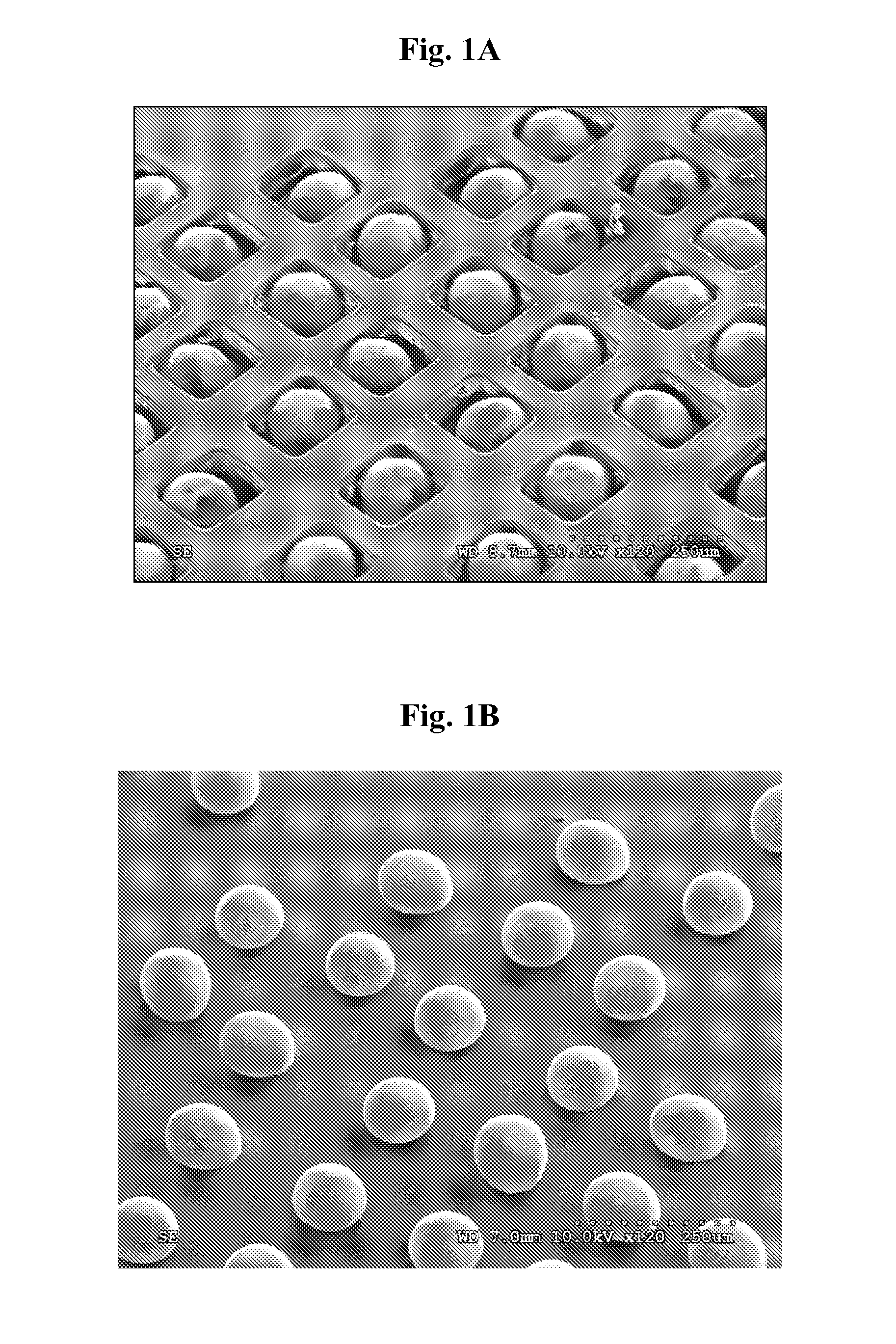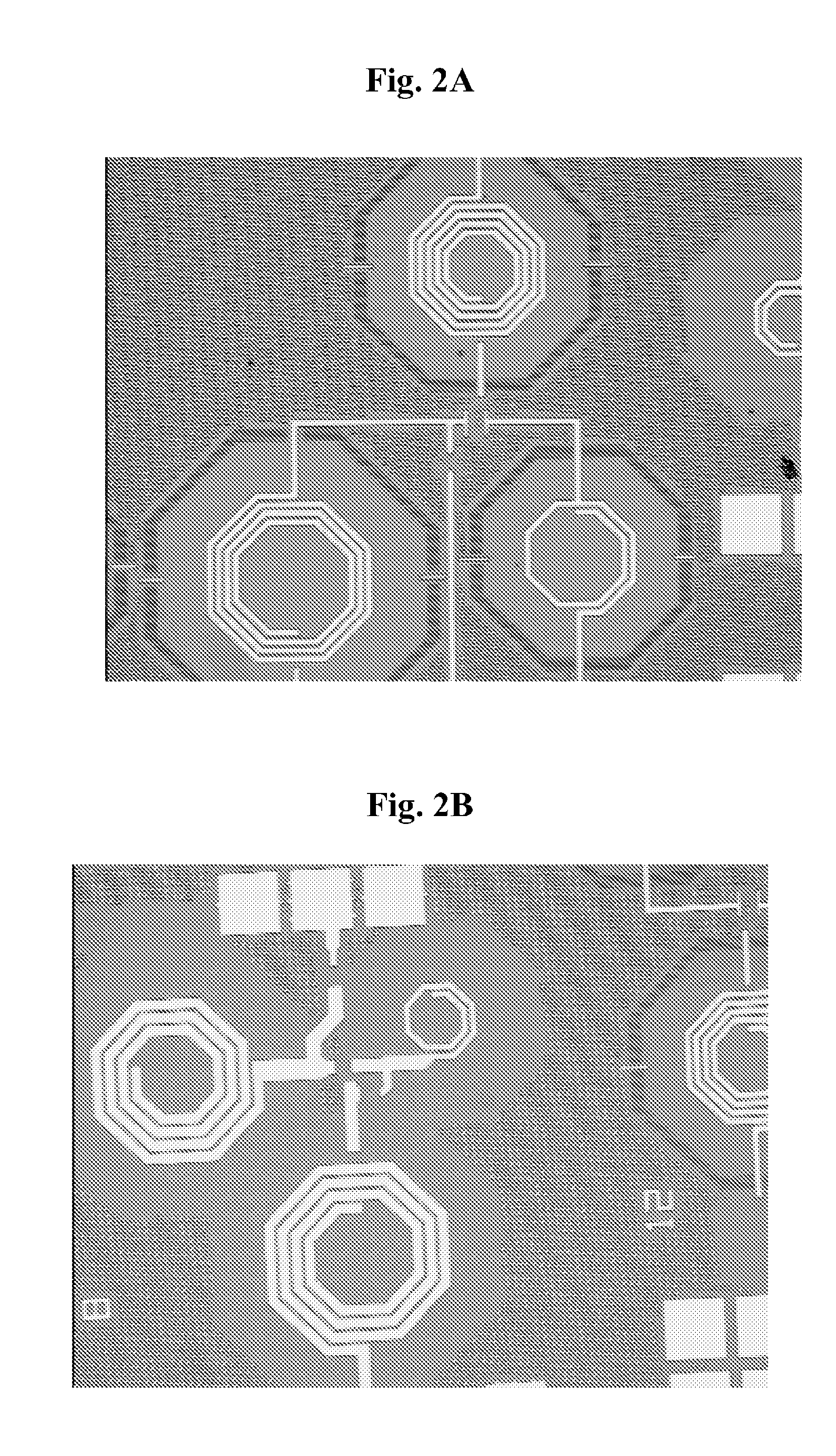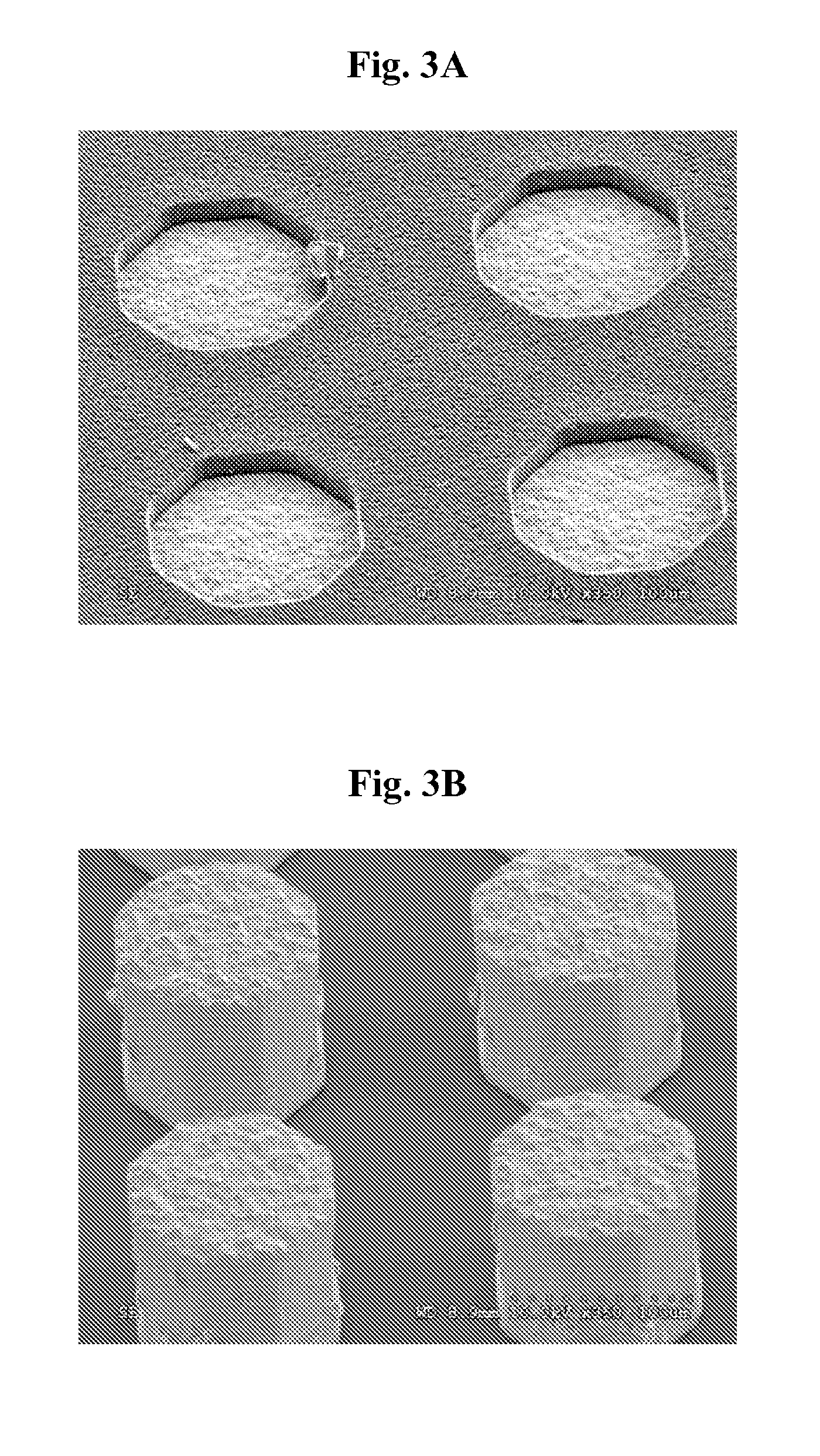Compositions and method for removing coatings and preparation of surfaces for use in metal finishing, and manufacturing of electronic and microelectronic devices
a technology for metal finishing and coatings, applied in detergent compounding agents, inorganic non-surface active detergent compositions, instruments, etc., can solve the problems of metal-containing residues oxidized and made more difficult to remove, contamination of semiconductor substrate surfaces, etc., and achieve the effect of improving performan
- Summary
- Abstract
- Description
- Claims
- Application Information
AI Technical Summary
Benefits of technology
Problems solved by technology
Method used
Image
Examples
example 20
Removal of Thick Photopolymer from Solder Bumps
[0068]A 75 μm thick film of Shipley GA-30 dry film photopolymer was laminated to a silicon wafer and patterned. A tin-lead eutectic solder was deposited into the opened features and subsequently heated to reflow. This heating step hardened the photopolymer rendering it difficult to remove using typical solvent mixtures. FIG. 1A is a SEM micrograph of the resulting solder bumps before cleaning. FIG. 1B is a SEM micrograph of the solder bumps after cleaning with the composition according to Example 1a at 65° C. for 30 minutes to remove the photopolymer, followed by a water rinse. The photopolymer was completely removed without affecting the solder bumps. Cleaning with the composition according to Example 1b at 65° C. for 10 minutes followed by a water rinse removed the photopolymer but also removed the solder bumps. Thus without the hydrogen peroxide component, the composition was too aggressive, removing the desired solder bumps as well ...
example 21
Removal of Implanted Photoresist
[0070]Photoresist was applied to a silicon wafer and patterned in the usual way. The patterned wafer was implanted at about 30 KeV with 10e13 of B+ and As+ ions resulting in a very difficult to remove hardened photoresist. Treatment of pieces of this wafer with either the composition according to Example 2 or the composition according to Example 1b at 65° C. for 10 minutes followed by a water rinse completely removed the hardened photoresist. However the composition according to Example 1b caused considerable etching and roughening of the cleaned silicon surface whereas the composition according to Example 2 resulted in a clean and smooth surface.
[0071]An etch rate for the composition according to Example 2 on a silicon wafer at the cleaning temperature of 65° C. was determined to be 0 Å / minute, for the composition according to Example 1b the rate was 8 Å / minute. Thus the addition of hydrogen peroxide eliminated silicon etching protecting the wafer fr...
example 22
Removal of Thin Photoresist
[0072]A silicon wafer was treated to give a 700 nm thick tetraethylorthosilicate (TEOS) film which was topped with 200 nm of SiN then 1650 nm more of TEOS. A 2.4 μm thick film of photoresist was spun onto this surface, baked and patterned. This process hardened the photoresist rendering it impossible to remove using typical solvent mixtures. FIG. 2A is an optical micrograph of the resulting pattern before cleaning. FIG. 2B is an optical micrograph of the pattern after cleaning with a composition according to Example 3 at 75° C. for 10 minutes followed by water rinsing. This treatment completely removed the hardened photoresist. Cleaning with a composition according to Example 1b at 75° C. for 20 minutes had no effect on the photoresist. Thus the presence of an oxidizing agent was necessary to remove the hardened photoresist. The composition according to Example 4, containing 2.4% of hydrogen peroxide, was also effective for removing the photoresist from th...
PUM
| Property | Measurement | Unit |
|---|---|---|
| temperature | aaaaa | aaaaa |
| temperature | aaaaa | aaaaa |
| temperatures | aaaaa | aaaaa |
Abstract
Description
Claims
Application Information
 Login to View More
Login to View More - R&D
- Intellectual Property
- Life Sciences
- Materials
- Tech Scout
- Unparalleled Data Quality
- Higher Quality Content
- 60% Fewer Hallucinations
Browse by: Latest US Patents, China's latest patents, Technical Efficacy Thesaurus, Application Domain, Technology Topic, Popular Technical Reports.
© 2025 PatSnap. All rights reserved.Legal|Privacy policy|Modern Slavery Act Transparency Statement|Sitemap|About US| Contact US: help@patsnap.com



